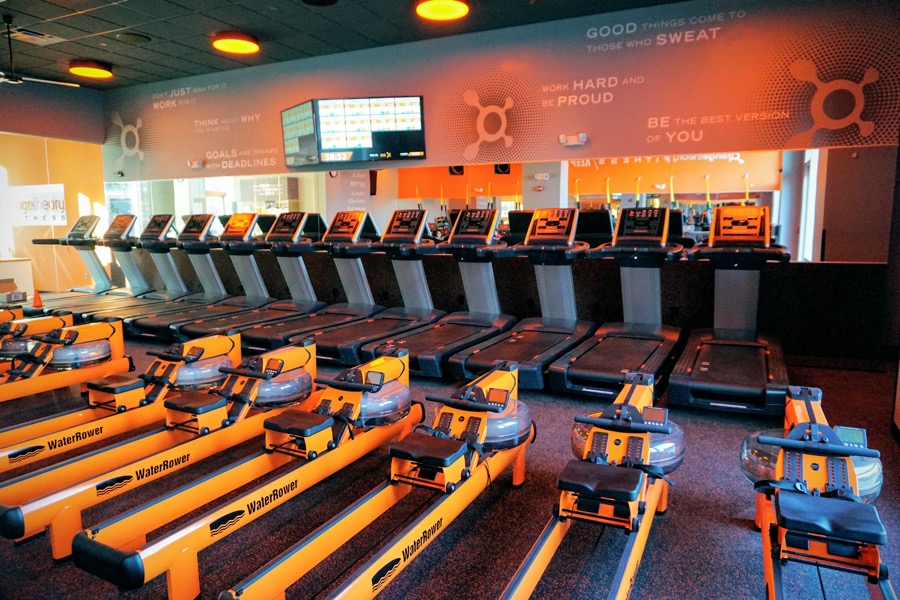6 Keys to Powerful Jumping
Hello again! I wanted to quickly talk about jumping for power without the use of traditional gym equipment like squat racks, large weights, and hip sled type equipment. There can be great benefits in using this type of equipment but what are you going to do when you are a cheerleader or gymnast (or a home workout person like myself) and do not have access to such equipment? Here are some techniques and moves that you can implement into your training.
Jumping isn't complicated, right?
Have you ever stopped to think about all the moves that go into jumping? Probably not. But like most things there are optimal ways of producing higher and more powerful jumps than just doing it. Jumping seems pretty simple, until you watch 16-160 different athletes go about it. All kinds of things can happen. First are you dropping your chest too much? Are you pushing all the way through your toes? Are your knees going into Valgus?
Most professionals will tell you that when jumping you will want to place your feet about hip width apart, keeping knees tracking over the 1st and 2nd toe of the foot when bending, dropping the arms behind the hips, lowering down to about parallel (femur and ground), before explosively pushing upward with legs squeezing straight and pulling arms above the head. Now, mind you, gymnasts, cheerleaders, and dancers all jump a little differently than say a basketball player will need to so I will try to keep this more our sport related.
Why Jumps are important
Gymnasts, Cheerleaders, and Dancers usually do not jump in the traditional football-basketball vertical jump test method. Cheerleaders have motion technique and specific jumps such as hurdlers and pikes. Dancers have leaps and turns. Gymnasts have the 4 inch wide piece of wood we all love...beam! So there are different factors that go into jumping safely and effectively based on sport. Building a powerful base for leaving the ground pays a lot of dividends for us all. So if we can train our bodies to produce more power with less effort then we will look more graceful. Cheerleaders and gymnasts have back handsprings, tuck jumps, and standing flipping skills in common and our dancer brothers and sisters have their ballet skills and aerials to train.
Mechanics of Powerful Jumping
Things to consider when jump training: ankle mobility, knee joint function, hip strength, core stability, shoulder mobility, acceleration and deceleration forces. It is really difficult to say what moves first when you begin a jump, ankles, knees, or hips? Let's just agree that all three will be in motion simultaneously. There are a host of things that can be 'non-optimal' when dropping into a squat like ankle angle, knee Valgus, Q-angle, etc...basically all movements should be balanced right to left and front to back. 
6 Keys To Remember for Powerful Jumping
1. Keep core tight
2. Extend twice as fast as you bend
3. Don't forget your glutes!
4. Practice super slow, slow, normal, fast, and explosively in that order if you want your mechanics working for you.
5. Stretch to increase mobility in ankles and hips. Knees are like a hinge and shouldn't move side to side just open and closed.
6. Work on landing as much as you work on leaving the ground (I mean actually thinking about how you are landing) because what goes up, comes down...on this planet. :-)
If you are looking for more info...just ask me the next time you are in the gym.
Coach Heath
ACE Certified Personal Trainer
Pinnacle Gymnastics Tumbling Director


